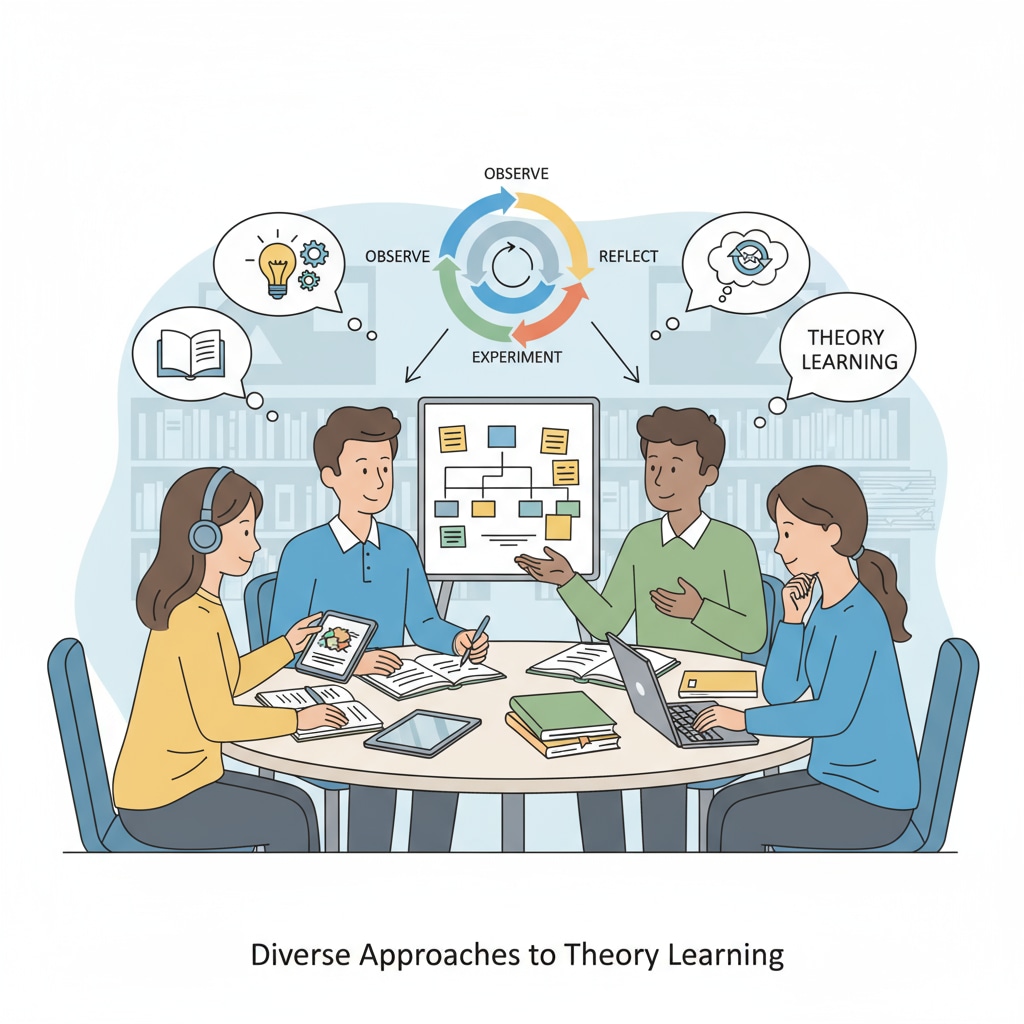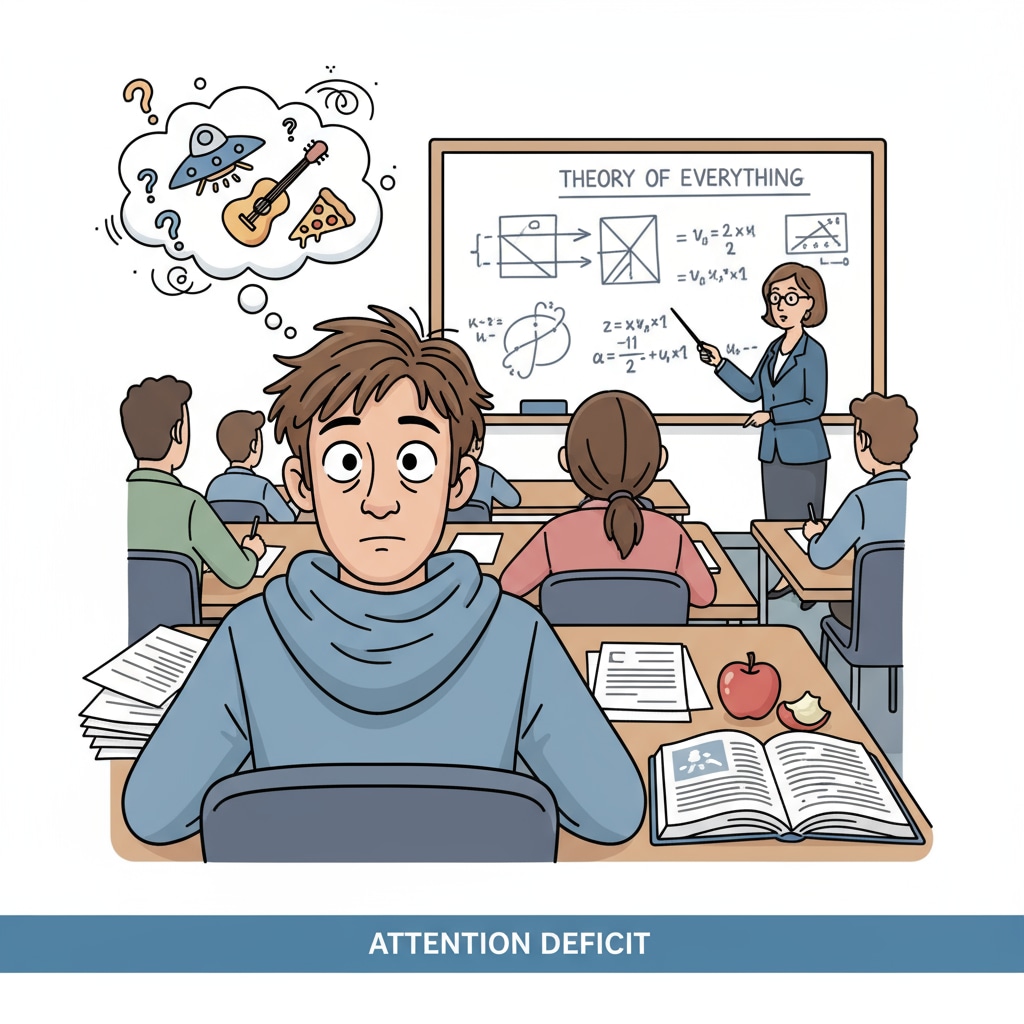Theory learning can be particularly challenging for learners with attention deficits and hands-on learners. These individuals often struggle to engage with traditional theoretical study methods. However, with the right approaches, they can overcome these obstacles and achieve success in their academic pursuits.

For instance, understanding how to transform abstract concepts into tangible experiences can make a significant difference.
Understanding the Challenges
Learners with attention deficits often find it difficult to focus for extended periods during theory lessons. The abstract nature of theoretical knowledge can make it even more challenging for them to maintain concentration. Hands-on learners, on the other hand, thrive on practical experiences. They may find it hard to relate to theoretical concepts that are not directly applicable to real-world situations. According to Education.com’s article on learning styles, different learning preferences require tailored teaching methods.

The Reverse Learning Method
One effective approach for these learners is the reverse learning method. This involves starting with exam questions or practical problems related to the theory. By working backward from the end goal, learners can better understand what they need to know. For example, if they are studying a scientific theory, looking at how the theory is applied in exam questions can give them a clearer picture of the key concepts. This method helps them focus their attention on the relevant information. As stated in TeachThought’s article on reverse engineering learning, this approach can enhance understanding and retention.
Another aspect of the reverse learning method is breaking down complex problems into smaller, more manageable parts. This makes it easier for learners with attention deficits to process the information and for hands-on learners to find practical applications. For instance, if a problem involves multiple steps of a theory, separating each step allows them to focus on one concept at a time.
Readability guidance: Use short paragraphs and lists to summarize key points. Provide a list under each H2 whenever possible. Control the proportion of passive voice and long sentences. Incorporate transitional words (however, therefore, in addition, for example, as a result, etc.) throughout the text.


